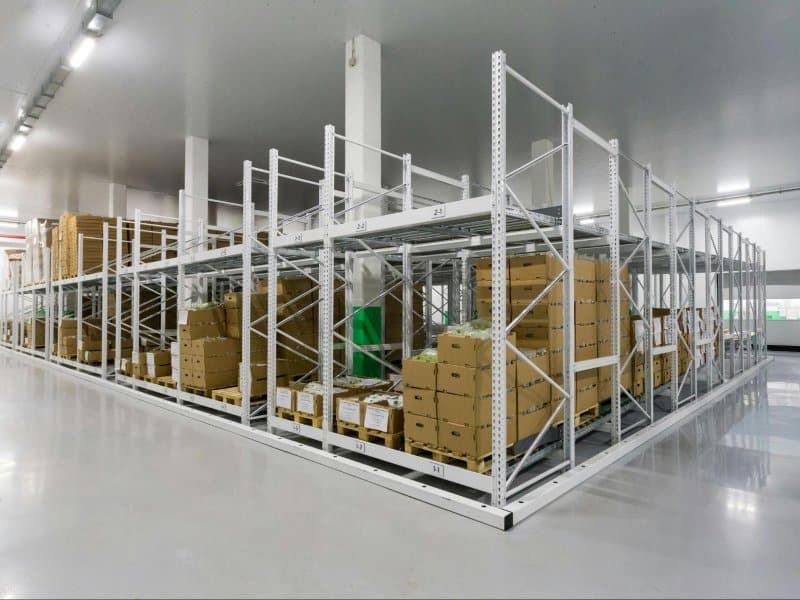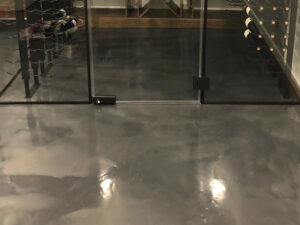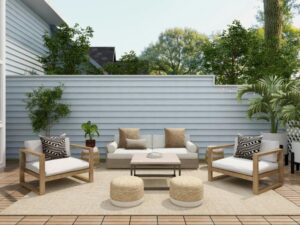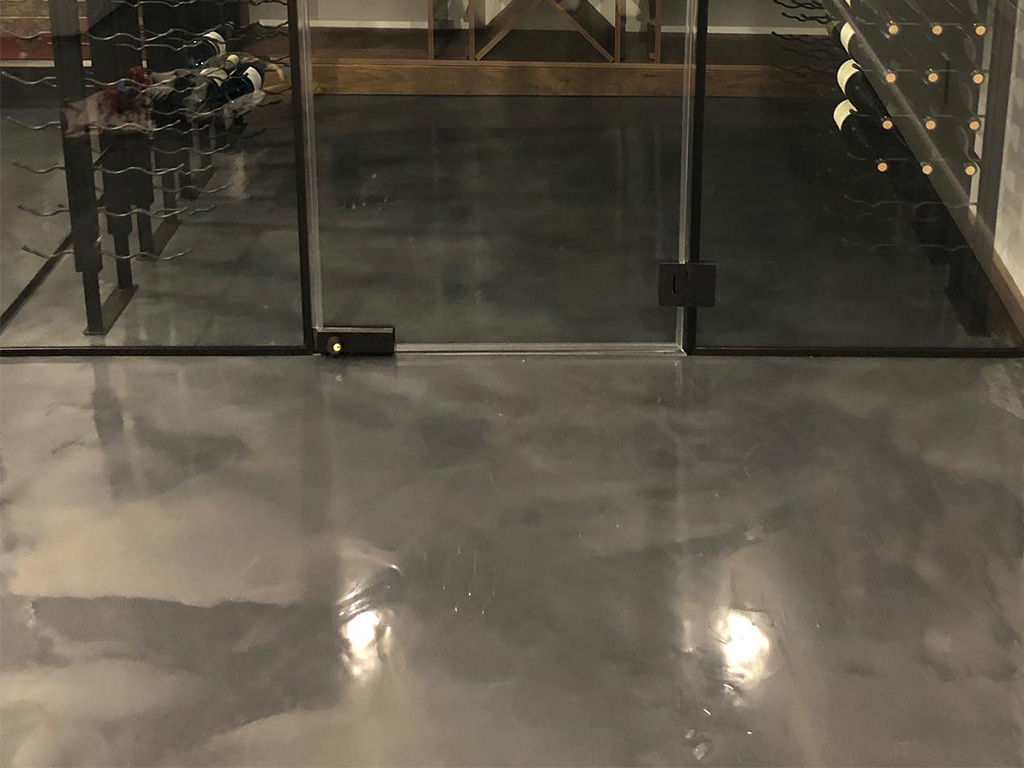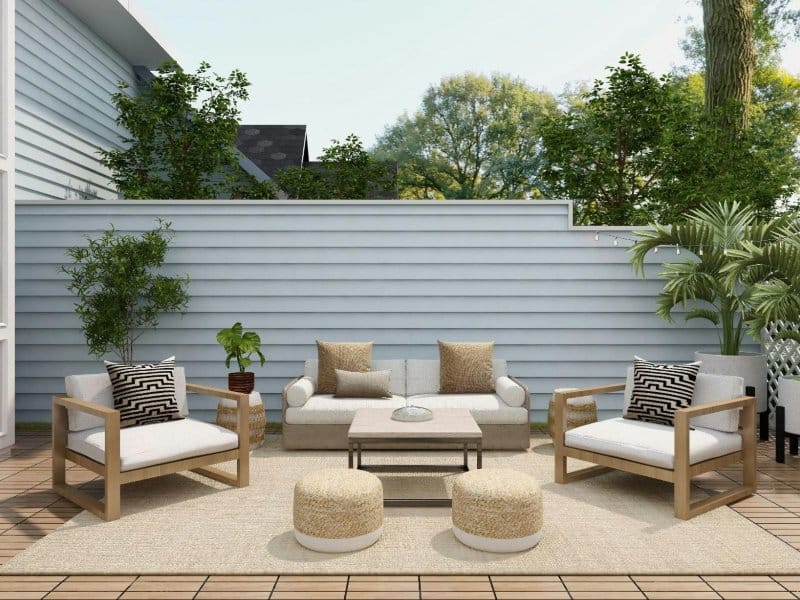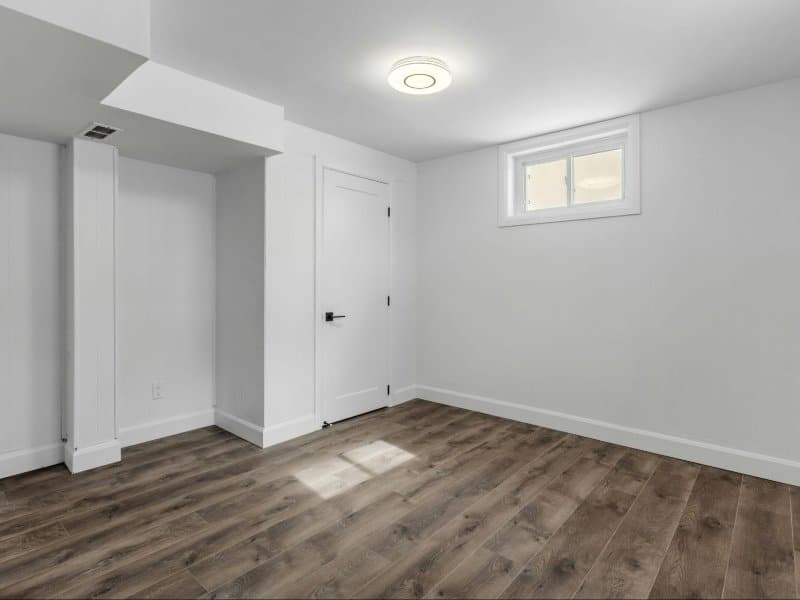Warehouses, once perceived as mere storage spaces with utilitarian design, are undergoing a transformative makeover. The conventional perception of warehouse floors as dull, gray expanses is evolving into a canvas for creativity and functionality. The introduction of advanced warehouse floor coatings has sparked a design revolution, turning these spaces into vibrant, dynamic environments. This article explores the myriad design possibilities that warehouse floor coatings offer, from aesthetics to functionality, safety, and sustainability.
The Evolution of Warehouse Design
Historically, warehouses were designed with a primary focus on storage capacity, durability, and ease of maintenance. Consequently, the flooring often took a backseat in terms of aesthetics and design. However, our friends at Floorkrete acknowledge how businesses increasingly recognize the importance of a visually appealing and efficient workspace, which is why the design paradigm for warehouses is shifting.
Warehouse floors, being one of the most substantial surface areas, play a pivotal role in this transformation. The evolution is not just about aesthetics; it extends to functionality, safety, and environmental considerations. Innovative floor coatings are at the forefront of this evolution, offering a myriad of benefits that go beyond the visual appeal.
Aesthetic Possibilities
The first and most noticeable impact of advanced floor coatings is their aesthetic enhancement to warehouse spaces. Traditional concrete floors can be transformed into sleek, glossy surfaces that mimic the appearance of polished stone or even reflective metallic finishes. The color options are virtually limitless, allowing businesses to incorporate their brand colors or create visually striking patterns and designs.
Epoxy coatings, for instance, provide a seamless and high-gloss finish, making the warehouse floor not just a functional surface but also a design element. Customization options include incorporating company logos, directional signage, or even artistic elements that align with the overall theme of the workspace.
Beyond the visual aspect, floor coatings can also designate specific areas within the warehouse, aiding in organization and navigation. Different colors or patterns can denote storage zones, work areas, or safety zones, contributing to a more organized and efficient workspace.
Functional Advancements
Warehouse floor coatings aren’t just about aesthetics; they bring significant functional improvements as well. One of the primary functional benefits is enhanced durability. The coating acts as a protective layer, preventing wear and tear from heavy machinery, foot traffic, and the movement of goods. This not only prolongs the lifespan of the flooring but also reduces maintenance costs over time.
Moreover, the seamless nature of many floor coatings eliminates the presence of joints or seams where dirt, dust, or contaminants could accumulate. This makes cleaning and maintenance more straightforward, contributing to a hygienic and safe working environment.
Another functional advantage is the improvement in light reflectivity. High-gloss coatings can significantly increase the brightness of the space by reflecting ambient light, reducing the need for additional lighting fixtures. This not only enhances visibility but also contributes to energy efficiency, aligning with sustainable practices.
Safety Considerations
Safety is paramount in warehouse environments, where heavy machinery, forklifts, and a constant flow of activity pose potential hazards. Advanced floor coatings address safety concerns by incorporating anti-slip properties. Textured finishes or additives can be integrated into the coating, providing traction even in wet or oily conditions.
Furthermore, incorporating color-coded safety zones adds an extra layer of protection. Clearly defined walkways, loading zones, and hazardous areas contribute to accident prevention and ensure a safer working environment for employees.
Environmental Sustainability
The global shift towards sustainability has influenced every aspect of business, including warehouse design. Advanced floor coatings contribute to environmental sustainability in multiple ways. Firstly, by extending the lifespan of the flooring, these coatings reduce the frequency of floor replacements, minimizing the environmental impact associated with manufacturing and disposing of traditional flooring materials.
Additionally, some floor coatings are formulated with eco-friendly materials, low VOC (volatile organic compounds), and are compliant with green building standards. This ensures that the installation and maintenance of these coatings align with environmental best practices.
Furthermore, the increased light reflectivity of coated floors can contribute to energy savings. By reducing the need for artificial lighting during daylight hours, warehouses can decrease their overall energy consumption, contributing to both cost savings and environmental conservation.
Conclusion
The evolution of warehouse design from dull to dazzling is evident in the transformative capabilities of advanced floor coatings. Beyond the visual appeal, these coatings offer functional, safety, and sustainability advantages that redefine the warehouse space. As businesses continue to prioritize the well-being of their employees, operational efficiency, and environmental responsibility, the adoption of innovative warehouse floor coatings becomes a strategic investment.
The design possibilities are not confined to a specific industry or type of warehouse; they are scalable and adaptable to various needs and preferences. From high-gloss finishes to custom patterns and safety-oriented applications, warehouse floor coatings are unlocking a new era of creativity and functionality in industrial spaces. As businesses embrace these possibilities, warehouses are no longer mere storage facilities but dynamic, efficient, and aesthetically pleasing hubs that reflect the ethos of the modern workplace.


